Ungrounded toe is becoming more common than bunion (What is ungrounded toe?)
While Bunions (Hallux Valgus) are a well-known ailment, Ungrounded Toe, when the big toe bends upward more than 90 degrees toward the top of the foot, is less well known. With ungrounded toe, the toes do not fully touch the ground and are unable to grasp the ground firmly while walking, leading to instability. Because ungrounded toe is not easily recognized from the foot’s appearance, especially in comparison to bunions, it can be overlooked.
You may think “my foot is not deformed as with a bunion, so why is ungrounded toe a problem?” While bunions can cause distortion of body parts, ungrounded toe can cause joint or bone deformations and fatigue fractures. Therefore, as with bunions, proper treatment is needed. Let’s look at the symptoms of ungrounded toe, its causes and treatment.
Proposed Standard for Ungrounded Toe
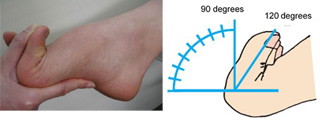
If the first toe bends upward more than 90 degrees, it is Ungrounded Toe. To check, use your thumb and second finger as in the above photo.
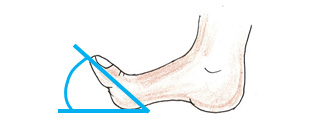
According to the research conducted in 7 countries where people walk barefoot, the upward bend of the big toe is about 45 degrees for males and about 75 degrees.
Symptoms of Ungrounded Toe
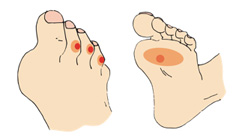
Calluses are seen on the surface of toes or on the sole of the foot.
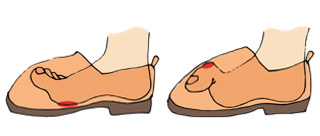
The toes are ungrounded in the shoes.
Cases of Patients with Ungrounded Toe
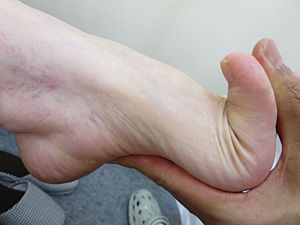
Female 20’s
Stiff neck and shoulder, headache, dizziness, insomnia
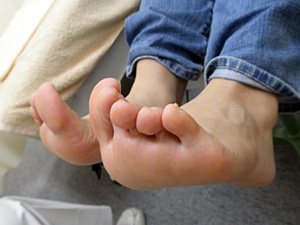
Female teenager
Knee pain, stiff shoulder, dizziness
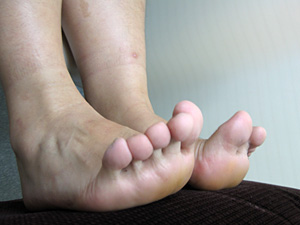
Female 30’s
Hyperhidrosis, depression, fat lower body
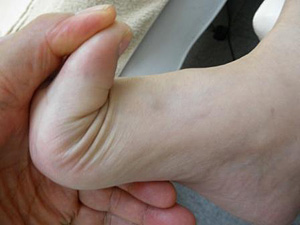
Female 30’s
Headache, stiff shoulder accompanied by nausea, depression
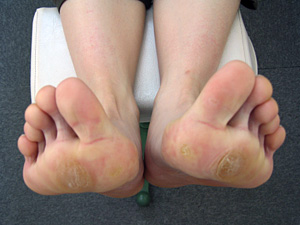
Female 20’s
Corns on the sole, swelling, sensitivity to cold, stiff neck, heavy headache
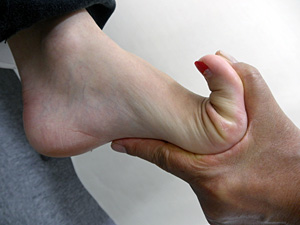
Female 30’s
Stiff shoulder, anorexia, dizziness

